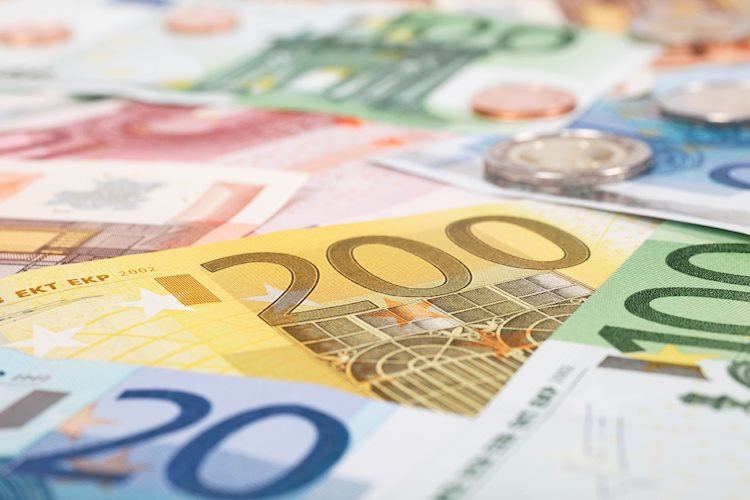The EUR/USD pair struggled to maintain levels above 1.0950 as the US Dollar remained strong ahead of the Federal Open Market Committee (FOMC) Minutes. Traders have reduced expectations for a large rate cut by the Federal Reserve in November, leading to a rise in the US Dollar Index (DXY) above the seven-week high of 102.70. The ECB is anticipated to lower interest rates by 50 basis points in the last quarter of the year, contributing to pressures on the Euro.
Financial markets expect the Federal Reserve to cut interest rates by 25 basis points in the remaining policy meetings this year. The FOMC Minutes from the September meeting will be closely monitored by investors. The upbeat US Nonfarm Payrolls report for September diminished downside risks to the economy and consumer spending, resulting in traders unwinding large rate cut bets. The heightened Middle East tensions have also enhanced the appeal of the US Dollar as a safe haven.
The US Dollar strengthened against major currencies in Wednesday’s trading session, with the highest percentage change observed against the New Zealand Dollar. Market participants will be focusing on the US Consumer Price Index (CPI) and the Producer Price Index (PPI) data for September, which are set to be released later in the week. These economic indicators will play a significant role in influencing the movement of the US Dollar.
The Euro continues to face selling pressure as traders anticipate further rate cuts by the European Central Bank (ECB). ECB policymakers have expressed expectations for additional rate cuts in the two policy meetings scheduled for the coming months. The declining trend in price pressures and economic vulnerability in the Eurozone have fueled market expectations for a reduction in interest rates. The technical analysis for EUR/USD suggests a potential decline below 1.0950, with support levels at 1.0900 and resistance at 1.1200.
The Federal Reserve plays a crucial role in shaping monetary policy in the US, aiming to achieve price stability and foster full employment. Adjusting interest rates is the primary tool used by the Fed to achieve these goals. The Fed’s policy decisions at its eight yearly meetings are made by the Federal Open Market Committee (FOMC), consisting of twelve Fed officials. In certain circumstances, the Fed may implement Quantitative Easing (QE) to stimulate the economy, a measure that typically weakens the US Dollar.
In contrast to QE, Quantitative Tightening (QT) involves the Federal Reserve reducing its bond holdings from financial institutions. This process is generally positive for the US Dollar. By understanding these monetary policy tools and the impact they have on the US Dollar, investors can better navigate the currency markets.











